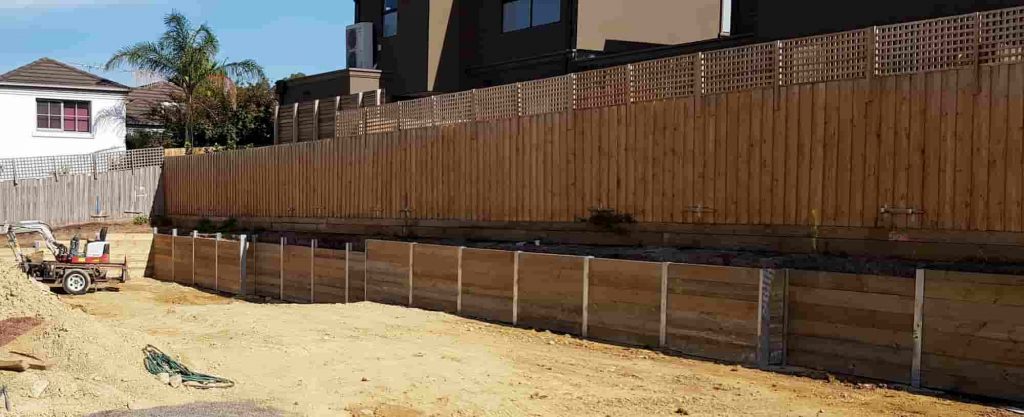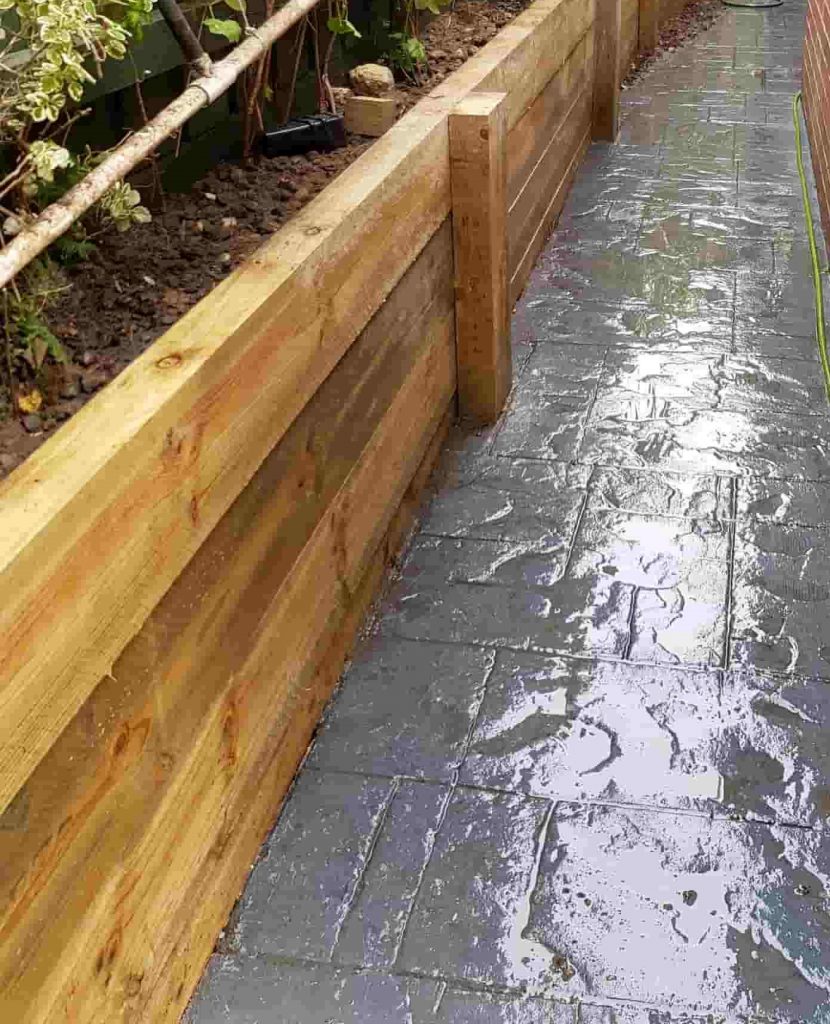Introduction
When it concerns landscaping, one of the most essential features you may think about is a keeping wall. These structures not only serve a practical function but also improve the visual appeal of your residential or commercial property. Retaining walls can avoid soil erosion, handle water drainage, and develop flat locations in sloped gardens. However when it's time to set up one, you may wonder whether to tackle the job yourself or hire a professional retaining wall installer.
The option in between do it yourself and hiring a retaining wall contractor can be intimidating. This short article breaks down the DIY vs. Expert Retaining Wall Setup: Pros and Cons to help you make a notified choice. We will check out various aspects, consisting of costs, materials, abilities needed, and a lot more. So get a cup of coffee as we look into this critical topic.
DIY vs. Expert Retaining Wall Installation: Pros and Cons
Understanding Keeping Walls
What Is a Retaining Wall?
A maintaining wall is a structure designed to keep back soil or rock from a structure or area. They are available in different materials such as concrete sleeper blocks, wood sleeper panels, H beams, and stone masonry.
Why Are Keeping Walls Important?
Retaining walls serve numerous purposes:
- They aid handle water flow. They prevent soil erosion. They produce usable land in sloped areas.
Types of Retaining Walls
Concrete Sleeper Walls
Concrete sleeper walls are popular for their durability and strength. They are typically used in business tasks due to their ability to endure heavy loads.
H Beam Walls
H beam walls make use of steel beams that offer outstanding support for bigger structures and are typically utilized in industrial applications.
Wood Sleeper Walls
Wood sleeper walls offer an aesthetic appeal that mixes well with natural landscapes however might not last as long as concrete options.
Timber Sleeper Walls
Timber sleeper walls are another attractive option however need regular maintenance to make sure durability versus rot and pests.
Materials Used for Keeping Walls
Stone
Stone is a classic product that includes beauty but can be costly and labor-intensive.
Concrete Blocks
These are flexible and economical but might lack visual appeal unless finished properly.
Pros of DIY Retaining Wall Installation
Cost Savings
One of the main benefits of do it yourself setup is conserving money on labor expenses connected with working with a retaining wall builder or specialist. You're basically paying only for materials.
Flexibility in Design
When you go the DIY route, you have total control over the style elements-- how high you want it, what products to utilize, etc
Skill Development
Taking on the task yourself permits you to learn new skills like masonry or landscaping strategies which can be useful in future home improvements.
Immediate Availability
If you're eager to start on your landscape job, doing it yourself suggests no lingering for a contractor's schedule to open up.
Cons of do it yourself Retaining Wall Installation
Time-Consuming Process
Even though DIY projects seem appealing due to cost savings, they can take significantly longer than anticipated-- particularly if you're inexperienced.
Lack of Expertise
If you have actually never ever developed a maintaining wall before, errors can occur quickly-- resulting in structural failures that might cost much more down the line.
Limited Equipment Access
Professional professionals have access to customized equipment that may not be readily available for do it yourself enthusiasts which can make tasks harder than anticipated.
Pros of Working with an Expert Retaining Wall Installer
Experience and Expertise
Professional keeping wall professionals bring years of experience which greatly lowers the threat of errors throughout building.
Quality Assurance
Hiring a specialist frequently ensures greater quality work considering that they adhere strictly to market standards.
Time Efficiency
An expert group can finish jobs much faster than a lot of homeowners merely due to the fact that they work more effectively with practiced methods.
Access to Quality Materials
Contractors generally have relationships with providers offering them discount rates on quality materials like concrete sleepers or timber sleepers that you might not access as easily on your own.

Cons of Hiring a Professional Retaining Wall Contractor
Higher Expenses Involved
While hiring specialists brings many advantages, it likewise comes at a premium cost compared to doing it yourself which may hinder some homeowners from going this https://blogfreely.net/humansihtw/understanding-the-costs-involved-with-hiring-a-retaining-wall-installer route.
Less Control Over Style Choices
When working with contractors, you may have less versatility regarding design options because they typically follow their proposed plans unless otherwise specified.
FAQs
1. What elements must I consider when deciding in between DIY and hiring a professional?
Consider your spending plan, ability level, time constraints, and the complexity of the project. If you're unsure about any aspect or absence experience with keeping walls like concrete sleeper installation, it's much better to work with an expert.
2. Just how much does it normally cost for expert installation?
Costs differ extensively based on products used (like H beams or wood sleepers) and local labor rates; nevertheless, expect anywhere from $15-$50 per square foot depending on these variables!
3. Can I use different types of materials together?
Yes! Mixing materials such as stone bases with wood or concrete tops can produce an aesthetically pleasing look while keeping structural integrity-- but talk to specialists first if uncertain about compatibility!
4. What kind of drain need to I include in my design?
Appropriate drain is critical! Ensure your style consists of weep holes or gravel backfill behind the wall so water doesn't develop versus it-- which might cause failure over time!
5. Is preparing authorization needed for constructing maintaining walls?
In lots of locations yes; it's finest practice (and in some cases lawfully required) check local zoning laws before beginning any building-- especially taller structures!
6. How do I preserve my newly set up keeping wall?
Regular inspections are crucial! Watch out for cracks or signs of shifting; cleansing debris frequently will likewise lengthen life-span-- especially important if using lumber due its vulnerability versus rot!
Conclusion
Choosing in between do it yourself vs. expert keeping wall installation eventually comes down to your individual circumstances-- budget plan constraints versus ability level being possibly the most significant elements at play here!
Whether you pick working with a skilled specialist who focuses on installing things like concrete sleepers or choosing hands-on labor tackling wood sleeper designs yourself-- the ideal choice depends completely upon what feels finest matched towards attaining those landscaping dreams efficiently!
By considering all pros & & cons highlighted above regarding both methods discussed within this short article-- you'll discover yourselves geared up much better than ever before making choices with confidence moving on into whatever backyard endeavors await ahead!
